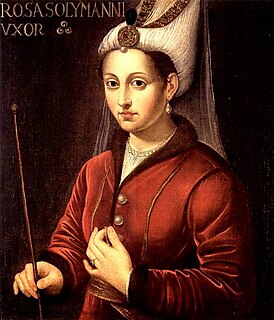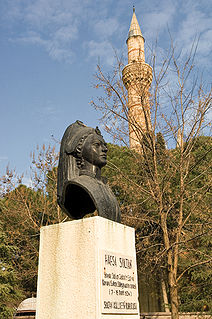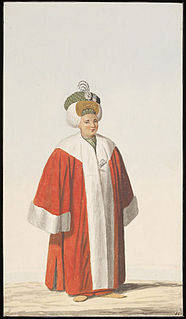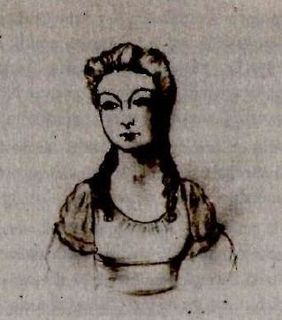Kadınefendi (also Kadın efendi, Ottoman Turkish: قادين افندی) was the title given to the imperial consort of the Sultan of the Ottoman Empire after the 17th century, and is translated as kraliçe in Turkish and "lady" in English. The title was also used as Baş Kadın before the creation of the title Haseki Sultan,. [1] [2] [3] The Sultan could have up to four and sometimes five and eight women [4] i.e. consort with the imperial rank of Kadınefendi and unlimited number of Ikbals i.e. consort with the rank of Hanımefendi. The title was a replacement of the early titles, Hatun and Sultan (including Haseki Sultan). [5] When the Ottoman Empire was abolished on 1 November 1922 and Abdülmecid II proclaimed himself as caliph, his consorts kept the title kadınefendi.

Sultan is a position with several historical meanings. Originally, it was an Arabic abstract noun meaning "strength", "authority", "rulership", derived from the verbal noun سلطة sulṭah, meaning "authority" or "power". Later, it came to be used as the title of certain rulers who claimed almost full sovereignty in practical terms, albeit without claiming the overall caliphate, or to refer to a powerful governor of a province within the caliphate. The adjective form of the word is "sultanic", and the dynasty and lands ruled by a sultan are referred to as a sultanate.

The Ottoman Empire, historically known in Western Europe as the Turkish Empire or simply Turkey, was a state that controlled much of Southeast Europe, Western Asia and North Africa between the 14th and early 20th centuries. It was founded at the end of the 13th century in northwestern Anatolia in the town of Söğüt by the Oghuz Turkish tribal leader Osman I. After 1354, the Ottomans crossed into Europe, and with the conquest of the Balkans, the Ottoman beylik was transformed into a transcontinental empire. The Ottomans ended the Byzantine Empire with the 1453 conquest of Constantinople by Mehmed the Conqueror.







